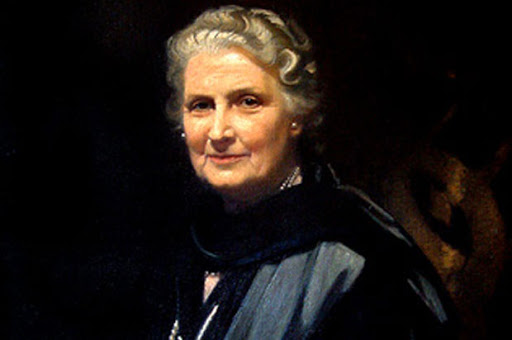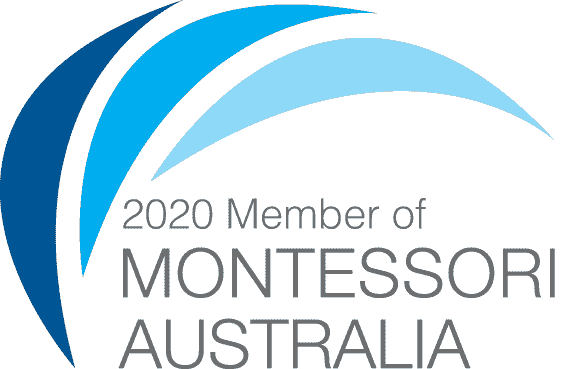The Montessori Method of Education, developed by Maria Montessori, is a child-centered educational approach based on scientific observations of children. Montessori’s method has been used for over 100 years in many parts of the world.
The Montessori method views the child as the one who is naturally eager for knowledge and capable of initiating learning in a supportive, thoughtfully prepared learning environment. It attempts to develop children physically, socially, emotionally and cognitively.
Infant and toddler programs
Montessori classrooms for children under three fall into several categories, with a number of terms being used. A nido, Italian for “nest”, serves a small number of children from around two months to around fourteen months, or when the child is confidently walking. A “Young Child Community” serves a larger number of children from around one year to 2½ or 3 years old. Both environments emphasize materials and activities scaled to the children’s size and abilities, opportunities to develop movement, and activities to develop independence. Development of independence in toileting is typically emphasized as well. Some schools also offer “Parent-Infant” classes, in which parents participate with their very young children
Preschool and kindergarten
Montessori classrooms for children from 2½ or 3 to 6 years old are often called Children’s Houses, after Montessori’s first school, the Casa dei Bambini in Rome in 1906. This level is also called “Primary”. A typical classroom serves 20 to 30 children in mixed-age groups, staffed by a fully trained lead teacher and assistants. Classrooms are usually outfitted with child-sized tables and chairs arranged singly or in small clusters, with classroom materials on child-height shelves throughout the room. Activities are for the most part initially presented by the teacher, after which they may be chosen more or less freely by the children as interest dictates. A teacher’s role within a Montessori classroom is to guide and consult students individually by letting each child create their own learning pathway. Classroom materials usually include activities for engaging in practical skills such as pouring and spooning, washing up, scrubbing tables and sweeping. Also materials for the development of the senses, mathematical materials, language materials, music, art and cultural materials, including more science based activities like ‘sink and float’, Magnetic and Non magnetic and candle and air.
Activities in Children’s Houses are typically hands on, tactile materials to teach concepts. For example, to teach writing, students use sandpaper letters. These are letters created by cutting letters out of sandpaper and placing them on wooden blocks. The children then trace these letters with their fingers to learn the shape and sound of each letter. Another example is the use of bead chains to teach math concepts, specifically multiplication. Specifically for multiples of 10, there is one bead that represents one unit, a bar of ten beads put together that represents 1×10, then a flat shape created by fitting 10 of the bars together to represent 10×10, and a cube created by fitting 10 of the flats together to represent 10×10×10. These materials help build a concrete understanding of basic concepts upon which much is built in the later years.

